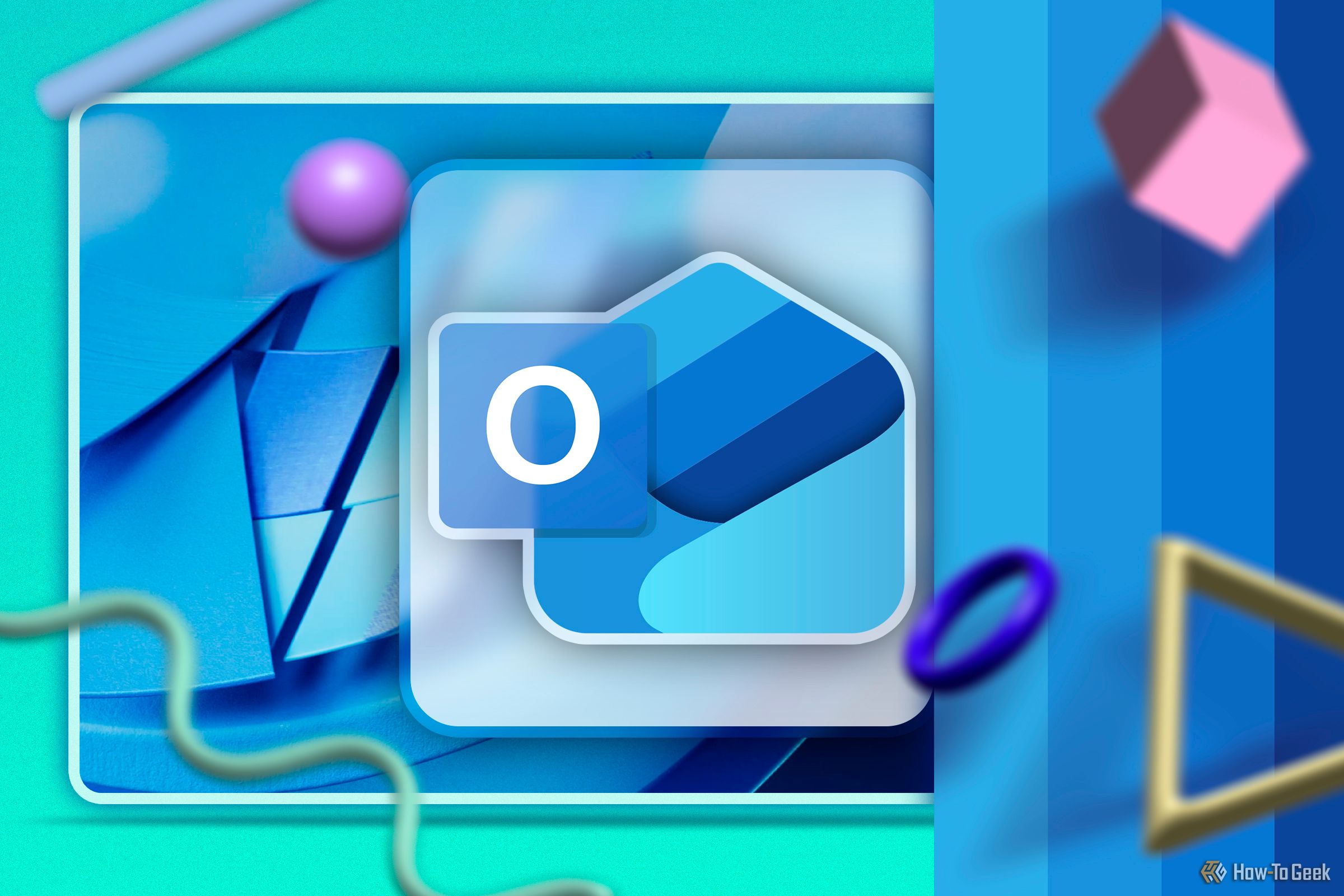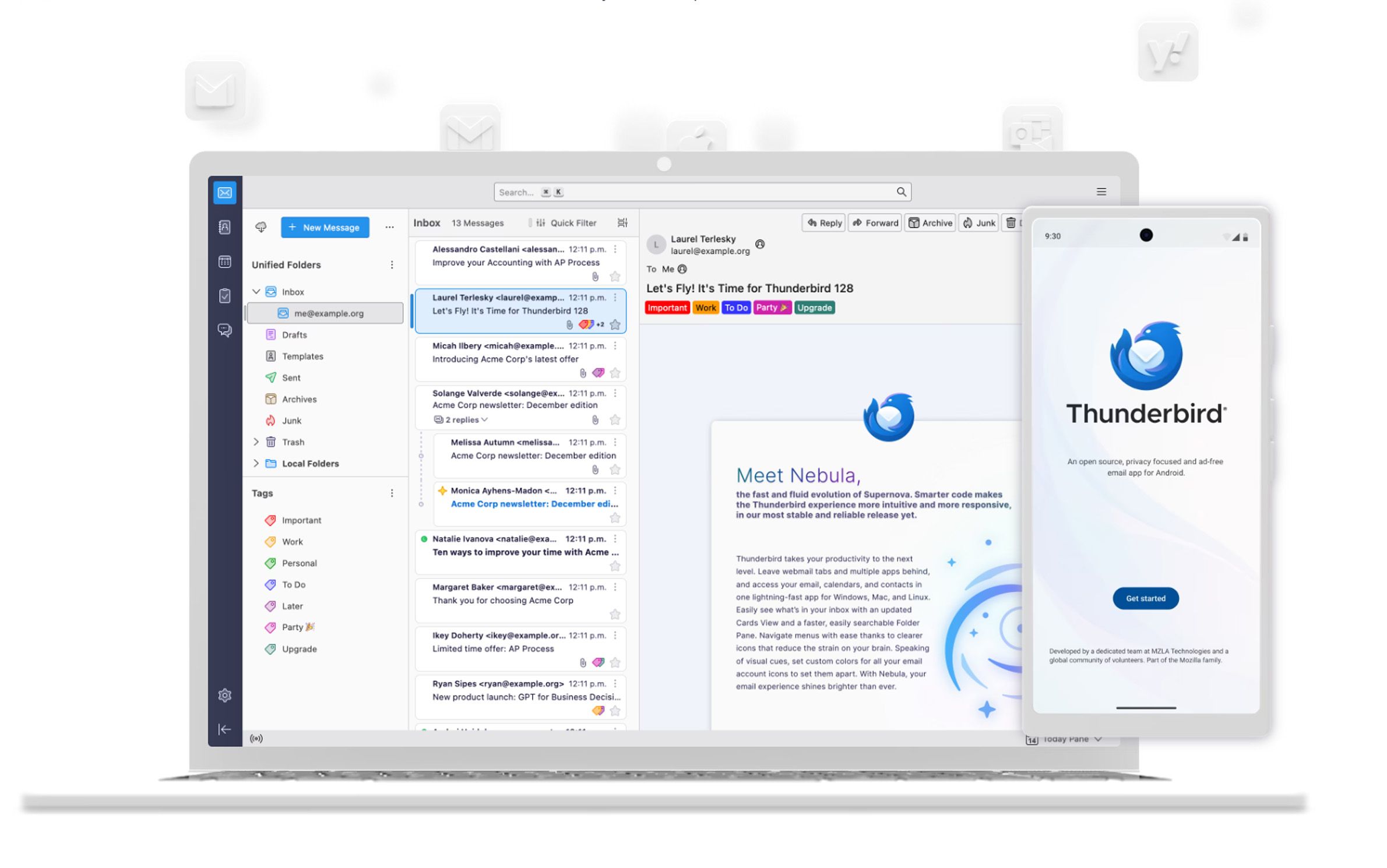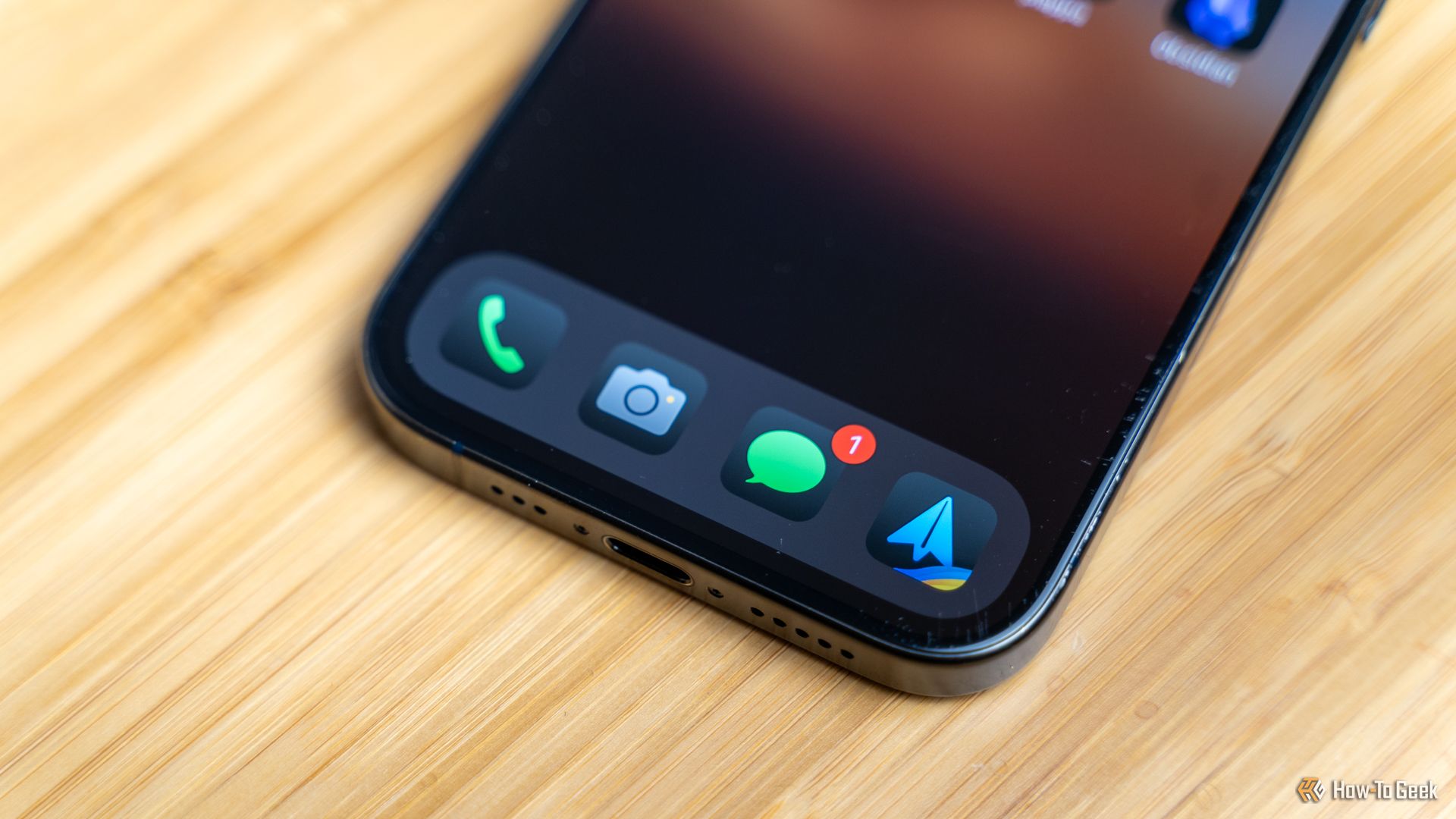Summary
- I set out to find an email client that had a very specific set of features, leading me to try several of the biggest clients out there.
- Through testing, I found that many clients work decently, but only one actually stood out as the one that met all my feature requirements.
- In the end, Spark is the only app that solved all the problems I had with modern email clients. It also has a paid version if you need extra features.
There is no shortage of email clients to choose from, but I wanted one that was seamless to use across different devices and platforms. So, I tried many email clients to find the one that met my practical needs and was appealing to use. Here’s what I found.
I Wanted a Cross-Platform Email Client to Keep My Devices in Sync
I monitor seven email accounts. It can be cumbersome to set up a new device if I have to manually log into each account one at a time. I’ve done this for years, but it’s always annoying—2FA codes galore, having to wait for things to load, manually entering passwords. It works, but it’s not fluid, streamlined, or a good use of time.

Related
Here’s Why You Should Use Two-Factor Authentication (2FA)
If you’ve been putting off using 2FA, today’s the perfect day to get serious about security.
The first time I experienced an email client that would keep all my accounts in sync through one login was Newton Mail, which has since closed. Newton was great in many ways and is still the best email client I’ve ever used. One of my favorite features of Newton was its single sign-on that held all my emails in one place. Setting up new devices became much easier this way.
In addition to the single sign-on functionality, I also wanted to be able to use the same app across all platforms. This immediately kicked Apple Mail out of the running, because my personal platforms of choice are Windows, macOS, iOS, and iPadOS. If I was on macOS, iOS, and iPadOS exclusively, I would be fine on Apple Mail. However, I occasionally use Android too. So, having an Android client is extremely convenient, but not a strict necessity for me. On other platforms, though, a native app is a must.
Since Newton shut down a few years ago, my search for an email client that had a simple single sign-on and full cross-platform support was reignited.
One thing to note is that having all of your emails logged in through a single sign-on can be seen as a security risk, and it is to some extent. To achieve this, the service has to store your login credentials (encrypted) on their server, and oftentimes stores your emails on their server, instead of acting simply as an email viewer. While this is a security risk, I’m willing to accept the risk of giving these companies my information for the sake of convenience. Not everyone might be comfortable with this, but I personally am.
I Tried Several Email Clients to Find the Best One
When Newton closed its doors years ago, I settled on one or two clients as the ones I bounced between. One client was Canary, which I used for quite a while. Then, I moved to Spark, and used it as my primary client for a few years. Eventually, I wanted to make sure that I was using the best client for me, so I tried Thunderbird, Mailbird, Apple Mail, New Outlook, Windows Mail, and a few other clients.
Canary was the client I stuck to the longest (until Spark, but I’ll get to that in a moment). I really enjoyed Canary, but eventually the AI features took center stage and the interface became too cluttered for my liking. I liked the read receipts that Canary offers, even on the free plan, but I just couldn’t get past the UI.
New Outlook is, well, New Outlook. I’ve already written about my woes with New Outlook, but it just doesn’t check any boxes for me. No unified inbox, no syncing of email accounts, and a poor UI.

Related
I Switched to New Outlook for Windows so You Didn’t Have To
Oh New Outlook, you could have been so great.
Thunderbird is a staple in the email client world. It’s been around for decades at this point and has recently received an interface refresh. Overall, Thunderbird is a decent client that I don’t really have any issues with, but there’s no iPhone app. I use my phone to keep up with my emails all the time, so the lack of an iOS app is a dealbreaker for me.
Mailbird is similar to Canary for me. It checks most of my feature boxes, but the user interface just isn’t quite there overall. The mobile app didn’t flow right (and was a little cumbersome the last time I used it). The desktop app also felt like it had too many tabs, trying to tab out each account as well as the unified account, I tried it and just couldn’t stick it out. It’s still a great client though.
Then, we come to Spark. Spark is the email client I’ve used the longest, alongside Canary and Newton. Originally, I loved Spark for its features, as it had read receipts like Canary and Newton. Spark has single sign-on functionality, and the unified inboxes are great. However, eventually, some functionality got locked behind a paywall, but I didn’t care much about those specific features. In the end, Spark won for me.
Spark Held Onto My Heart as the Best Email Client for Me
At the end of the day, Spark is the email client I have landed on. It’s got all the features I need for free, does all my syncing, and lets me disable the AI junk that I don’t need and won’t use. Plus, it works on every platform I regularly use. There’s a native Windows app (that’s actually pretty great), a macOS app, an iOS and iPadOS app, and it even works on Android.
I really like how it keeps all of my devices in sync, too. I can make a change to an email signature on my desktop, and it’ll populate through to my MacBook, iPad, iPhone, and other Windows desktops. Not only that, but I can change what emails I’m monitoring, and it syncs between devices automatically.
Importantly, the app works well. I’ve never had any issues with emails syncing, and the delay send function works great if I want to have an email go out at a specific time. It isn’t prone to hanging, crashing, or other buggy behavior.
There are some features that I miss from being on the free plan for Spark, like read receipts (which are only on the top-tier plan). However, outside of that, there’s really nothing in the paid version of Spark that I miss.
If you’re looking for a good email client to use, I’d give Spark a try. It’s free, has plenty of features, and works on all platforms. Spark is the best email client for me, and I think it could also be the best email client for you, too.





